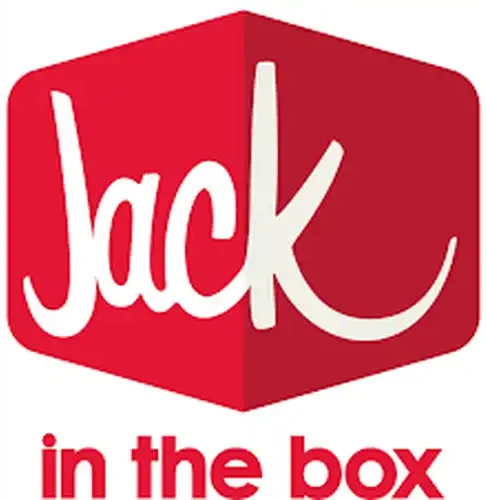Jack in the Box, a San Diego-based fast food chain, announced plans to close up to 200 locations as part of its “Jack on Track” strategy aimed at enhancing long-term financial health. The decision to reduce its footprint comes amid rising inflation and labor costs, following a trend seen in other food chains like Shake Shack and Red Lobster.
The “Jack on Track” plan, unveiled to improve cash flow and reduce debt, includes potential divestiture from Del Taco, acquired by Jack in the Box in 2022. Between 80 and 120 locations will close by the end of this year, with additional closures expected in 2026, totaling up to 200 storefronts, primarily older locations.
The plan emphasizes a simplified, asset-light business model to maximize shareholder returns. Proceeds from real estate sales will be used to lower the company’s debt, which stood at over $426 million as of January. The company also plans to cut back on new restaurant developments in 2026 while focusing on improving existing locations.
For the fiscal second quarter ending April 13, Jack in the Box reported a decrease in same-store sales of 4.4%, with a net income of $33.7 million, down from $38.7 million the previous year. The chain operates approximately 2,200 locations across 22 states, mostly on the West Coast, with its first location opening in San Diego in 1951. Recently, Jack in the Box shares fell nearly 6%, closing at $23.96, representing a 41% drop year to date.






















